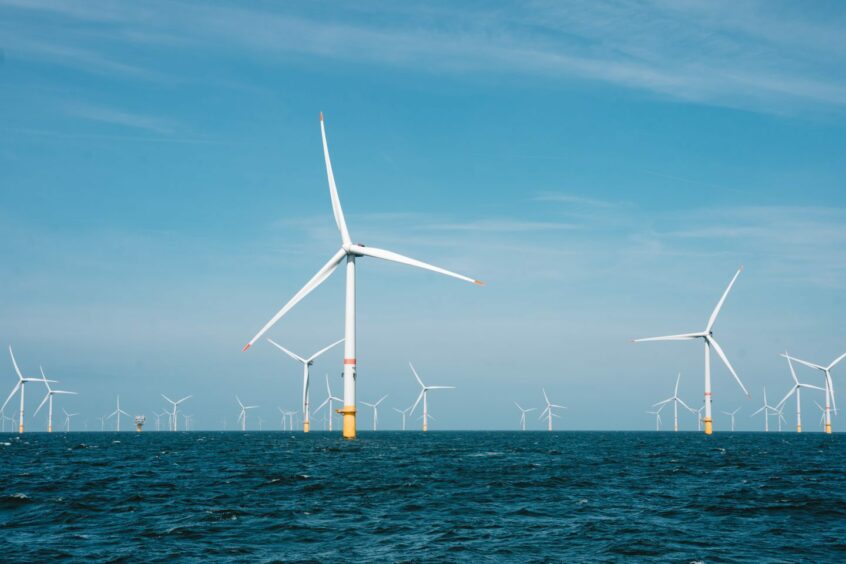
Global offshore wind capacity grew by 21% since 2023 from 61.5GW to 75GW, with the industry on track to reach 277GW by the end of 2030, according to a report from RenewableUK.
According to the report, the extra 13.5GW represents enough electricity to power the equivalent of around 14 million homes in the UK year-round.
Currently, the countries with the largest operational wind capacity are China and the UK – producing 36.7GW and 14.7GW respectively – along with Germany (8.3GW), the Netherlands (3.7GW) and Denmark (2.7GW).
The global pipeline of projects at all developmental stages (operational, under construction, consented, in planning or at an early stage of development) increased to 1,231GW from 1,228GW in the same year, with 1,500 projects underway in 41 countries.
The upward trend is less than previous years, thanks to developers refining their portfolios as well as improving leasing methods and consenting projects globally.
China’s project pipeline is largest at 227GW, with the UK in second place at 96GW – spread across 122 projects under development in its waters.
The US came next with 94GW, Sweden at 68GW and lastly Brazil, with 61GW.
CEO of the company Dan McGrail said regarding the findings that “it’s great to see we’ve reached a landmark 75GW of offshore wind operational worldwide, with the UK maintaining its place as a global leader in an intensely competitive international market”.
He added that RenewableUK was preparing to ask the next government to maximise potential offshore wind capacity that could be secured in upcoming auctions to “consolidate the UK’s position even further”.
He continued, noting that: “The current budget will only enable less than half the capacity which is eligible to go ahead, and the floating wind budget will only secure one project even though four can bid in this year, so we need to see more ambition within the first few days of the new government taking office.”
Despite this, McGrail remarked that the UK’s record 15GW of new offshore wind capacity in planning was “significant,” and that the company would also be pushing the next government to reform the planning system for projects to allow them to progress at a faster pace – increasing the UK’s energy security and reducing consumer bills in the process.
AR6
The report continued to reveal that 10.8GW worth of new UK offshore wind capacity is eligible for the country’s upcoming Contracts for Difference (CfD) auction (titled AR6) across 12 fixed-foundation projects and four floating projects.
The average time for a project to get to fully operational status is around five years, meaning any capacity awarded in the next two allocation rounds will potentially contribute to the country’s 2030 target of 50GW.
Despite this, the report forecasts that around 44GW of capacity of the predicted 50 will likely be operational at the end of 2030 in British waters.
However, experts had previously said that only 5GW could be realistically contracted from offshore wind projects as part of AR6.
Recommended for you
